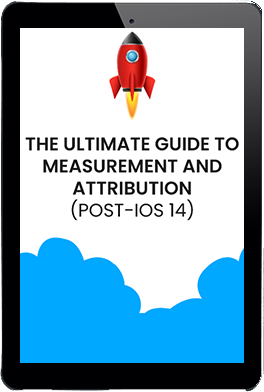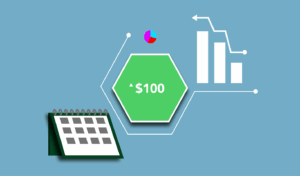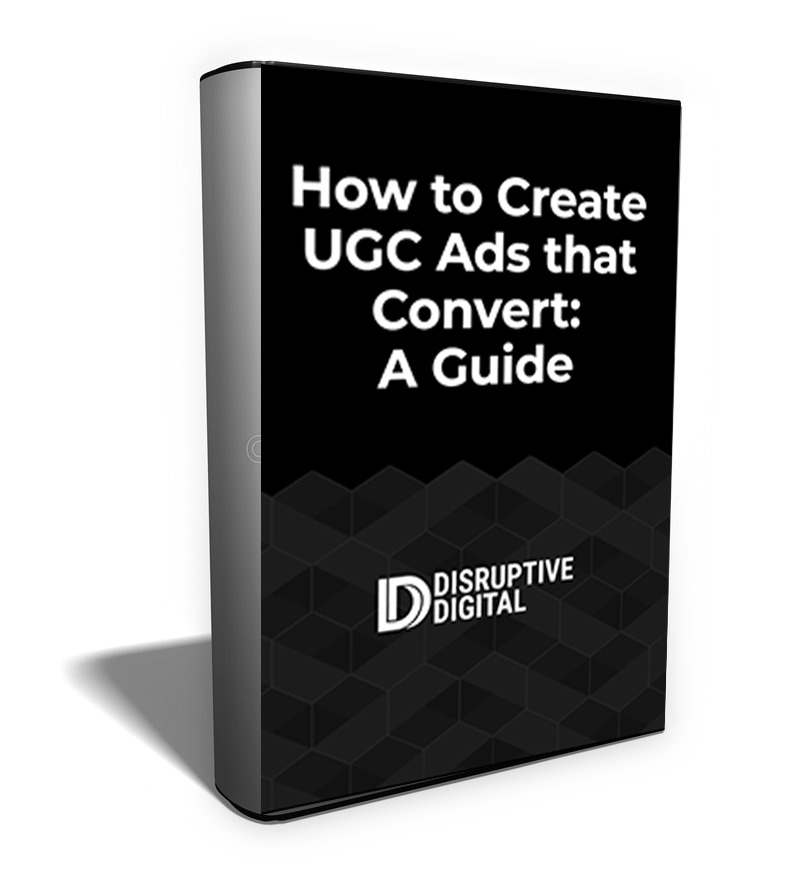What Is Highest Volume and Can It Help Your Ad Strategy?
In contrast to manual bidding, highest volume/auto-bidding is a bidding strategy that automatically sets your bids to get you as many conversions as it can while spending your budget in full and as evenly as possible throughout the day. While this may seem like the best option at first, it’s important to note that auto bidding doesn’t always get you the most conversions. Sometimes, it can lower your conversion rate due to how Facebook calculates its bids.
Example on Highest Volume Ad Strategy
If you have a budget of $28K/day, Facebook would need to make sure that it can invest that money throughout the day, even in the later hours. This is because no one wants to see their budget used up by 8 pm. You might be skeptical still because if you graphed out your spend by hour on the highest volume, you might see a chart like below.
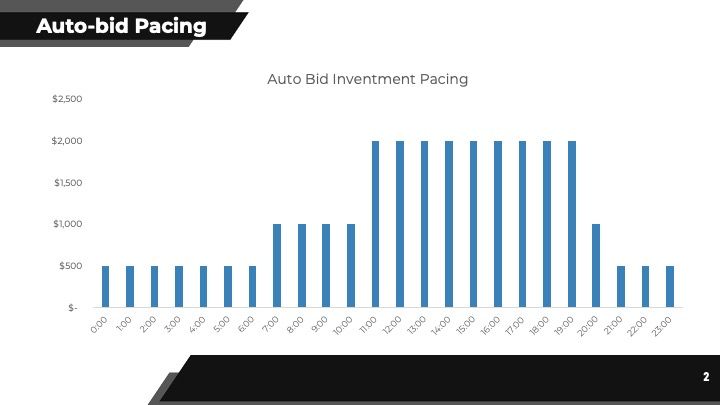
You might think, “That’s Facebook maximizing conversions!” It’s not. Pacing isn’t even through the day because of impression inventory. e.g. There are fewer people to serve ads to at 2 am compared to 2 pm.
For example, you might be seeing a massive number of low-cost conversions coming in at 10 am. You may want to capitalize that, but Facebook can’t continue to invest simply because they need to make sure there’s enough budget to go around for the remaining 14 hours of the day.
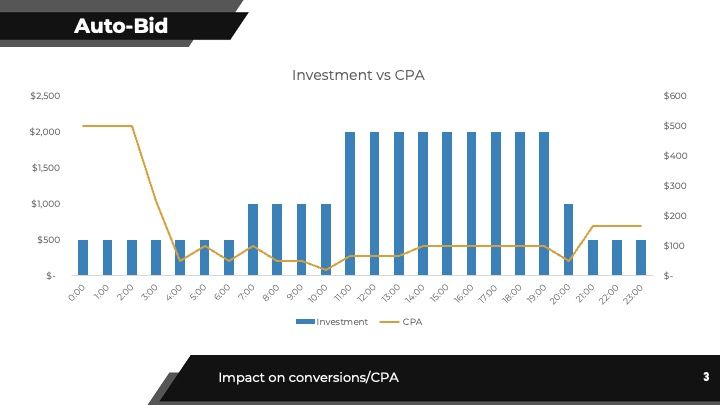
What ends up happening is you have a situation where you didn’t maximize your yield at 10 am.
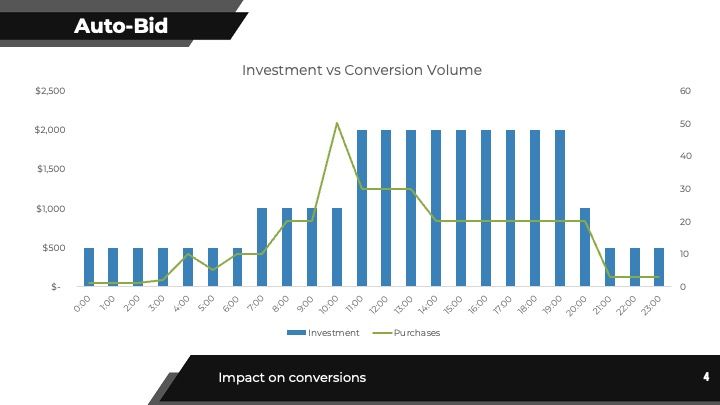
Example on Bid Cap Ad Strategy
If you now decide to shift to a bid cap campaign and increase your budget to $40K/day. Facebook will still want to spend $40K/day in full. But our bid cap will put a constraint on its ability to spend all of that money. The bid cap will limit Facebook from spending if you’re not hitting your CPA target.
In the prior example, your 10 am slot was limited by your budget. Now, your non-10 slots are limited by your bids. At 9 am, for example, Facebook might want to be spending 2X more, but it can’t. Your bid is constraining delivery.
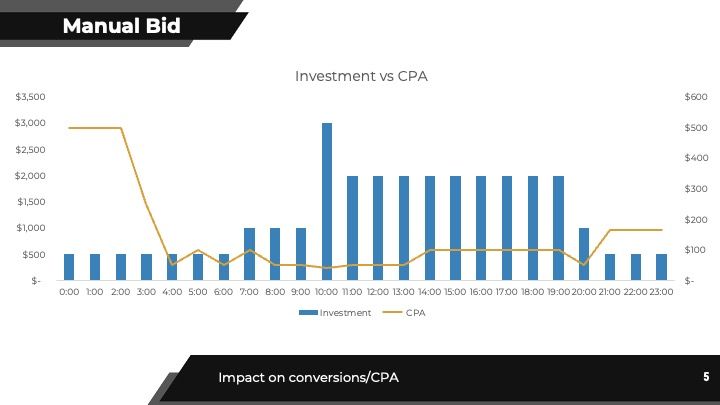
At 10 am, though, something else is happening: Facebook is still trying to spend the $40K in full for the day. It wants to spend in full by not blowing the budget before 12 am, but potentially making up for lost delivery earlier in the day because of the bid.
Facebook has more room to spend and still wants to spend the full budget. Unlike 9 am, it can deliver more ads within your bid now. So it’s going to spend as much as it can without going over that bid. With bids, your conversion volume and pacing might look like this for the day.
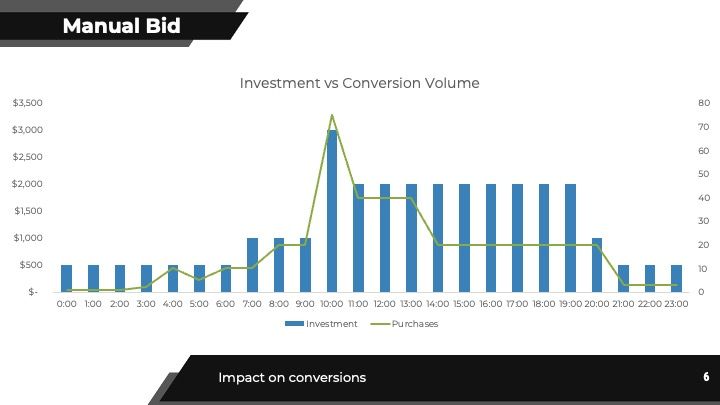
This means that now you have maximized your yield for the day. And now your results might look like this instead on auto bid compared to manual bid.
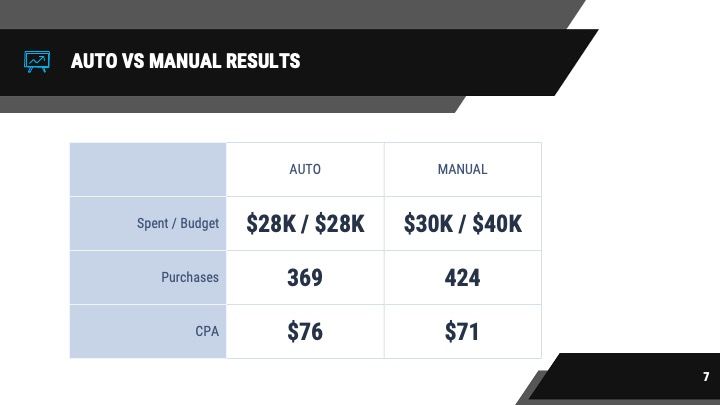
What Is an Inflated Budget?
An inflated budget is a budget that’s higher than your average daily budget. This could be because you’ve increased the amount you’re spending on Facebook ads or because you’ve switched to manual bidding with a bid cap. Whichever way you choose to do it, an inflated budget will help ensure that you’re getting the most out of your ad spend. It can be 10X more. Whatever you’re comfortable with. The idea is you should never spend your full budget on any given day.


